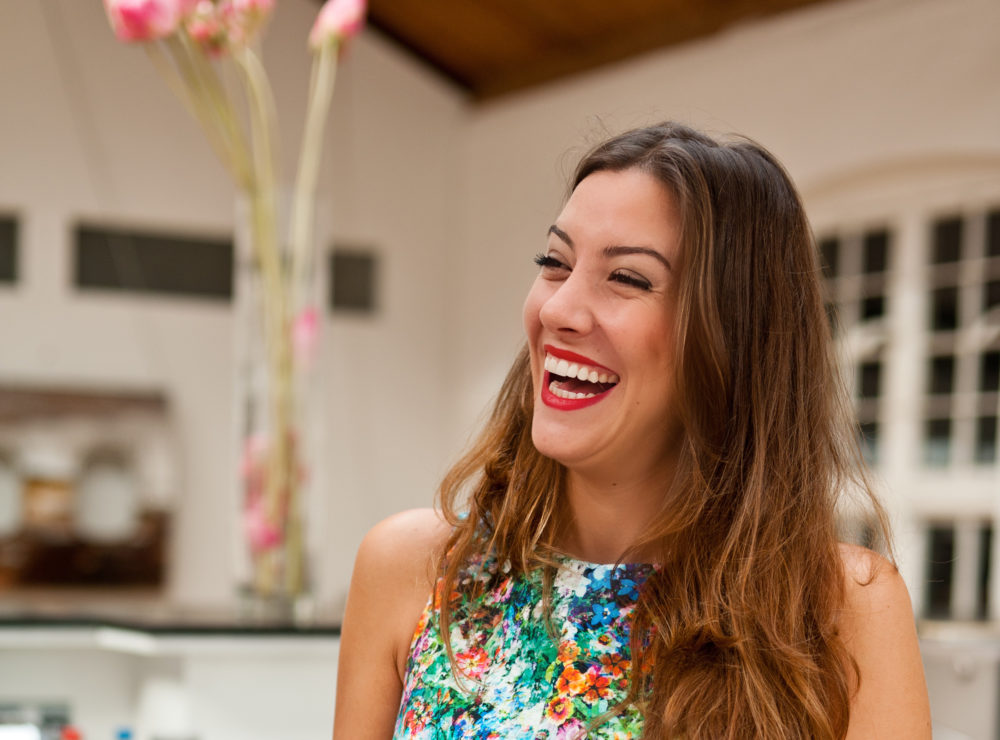
Meet Bethany Kehdy, Today’s Guest Instagrammer!
Happy publishing day to Bethany Kehdy’s The Jewelled Kitchen! Take a look at our Instagram


Happy publishing day to Bethany Kehdy’s The Jewelled Kitchen! Take a look at our Instagram

Jackie Lynch is the author of The Right Bite, a practical guide perfect for urban

Meet Saimaa Miller, author of Aussie Body Diet, recently published in paperback. To honour the

Phickle is Amanda’s blog and it fully dedicated to fermentation. This friendly blog includes tips
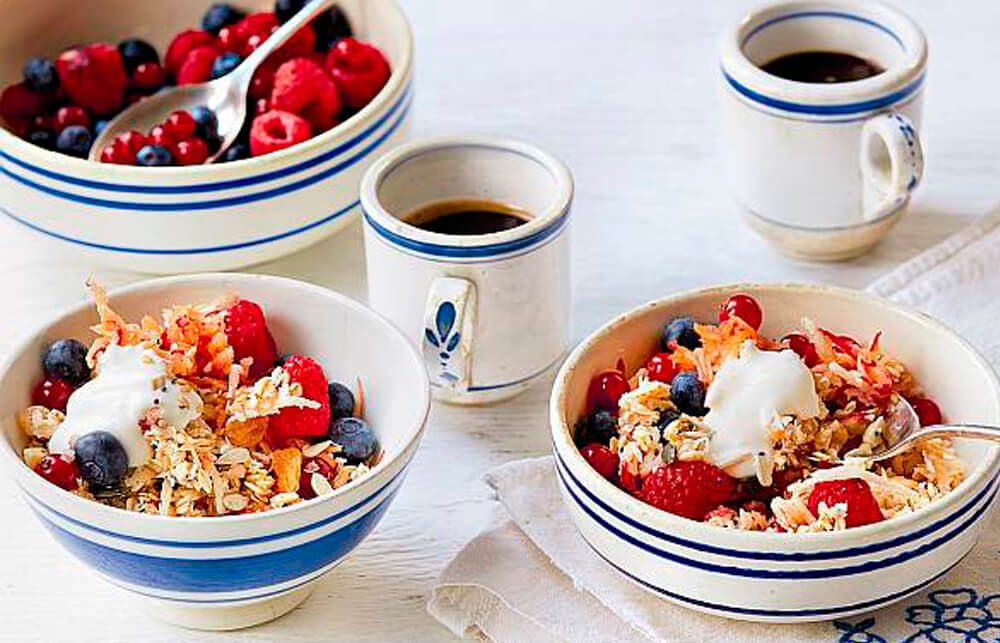
PeaSoupEats is a blog started by Aine Carlin in 2010. Aine recently moved back to
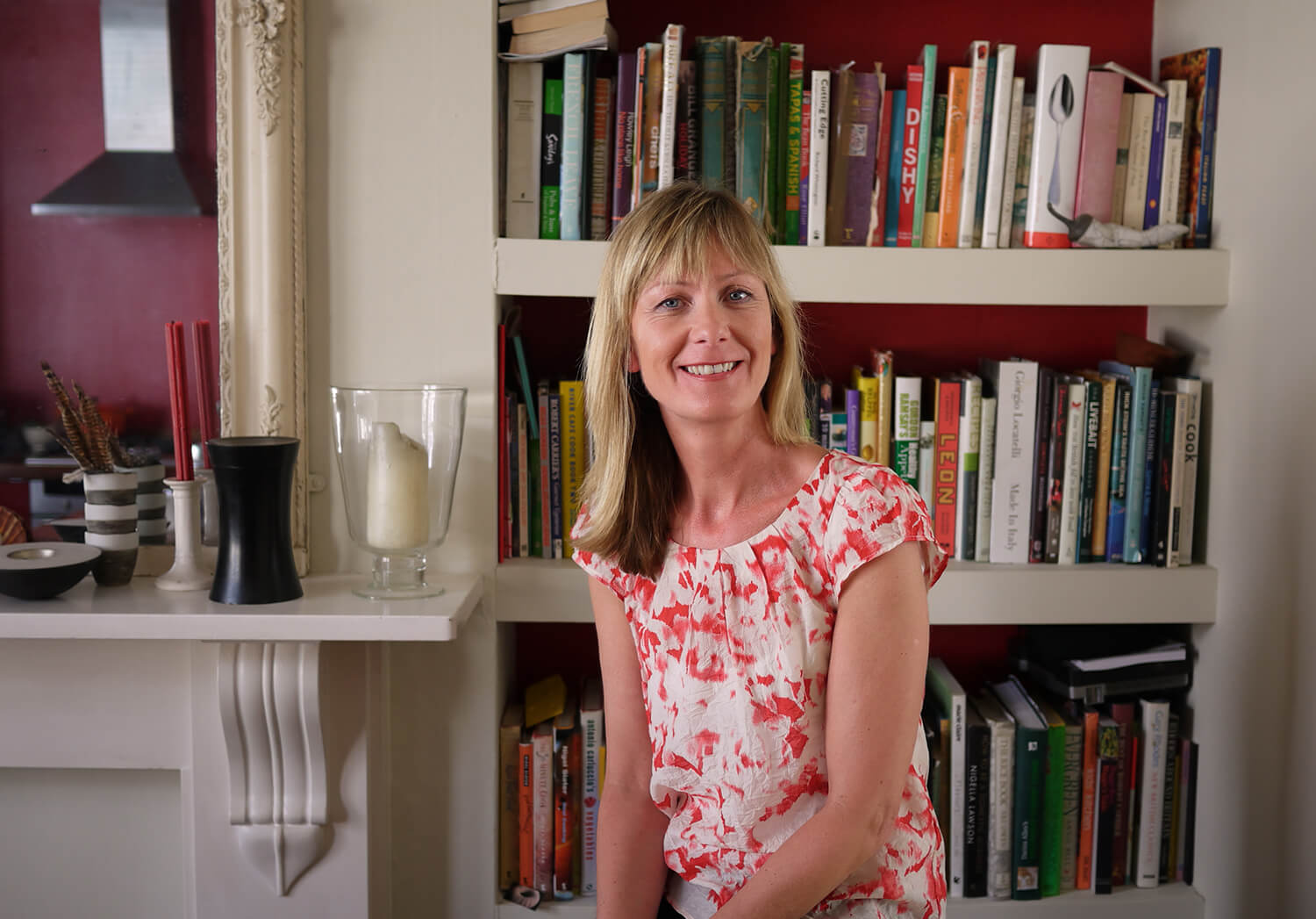
Nicola Graimes is an award-winning cookery writer and former editor of Vegetarian Living magazine. She
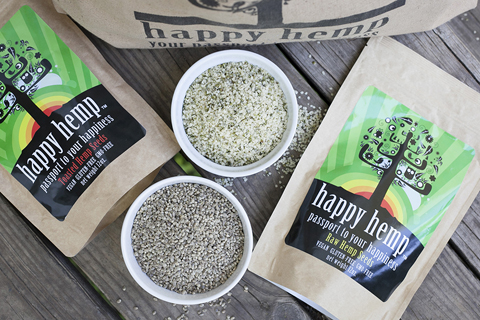
Happy Hemp is a hemp seed company founded by Tara Miko. Tara’s life brought her from
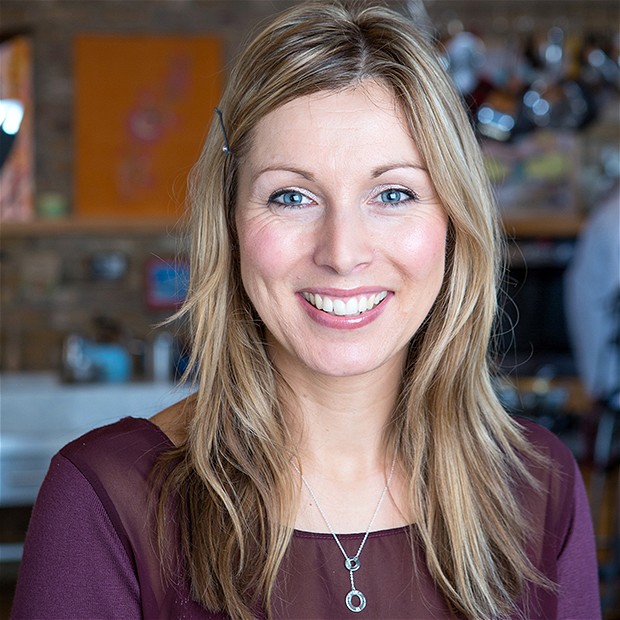
Jo Pratt is an acclaimed food stylist, writer and presenter. She has written for Elle,
Nick Moyle and Richard Hood both grew up during the UK home-brew boom of the
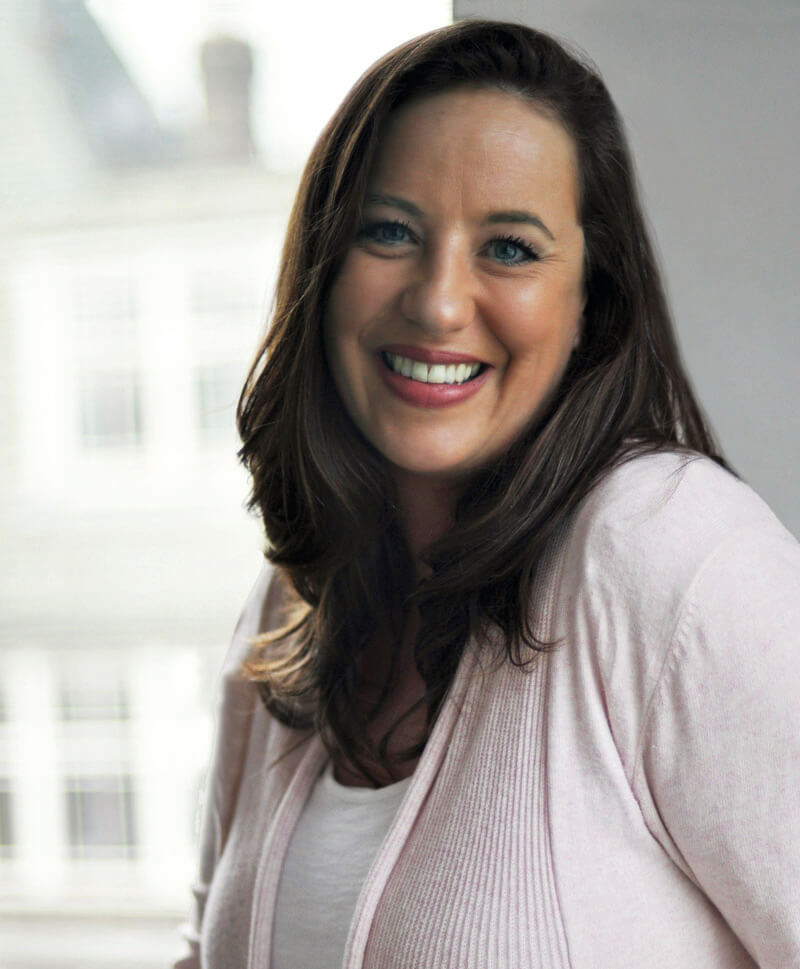
Grace Cheetham is the author of the internationally acclaimed The Best Gluten‐Free, Wheat‐Free & Dairy‐Free

Renee McGregor Bsc(hons)RD PGCERT(sportsnutr) is a registered dietitian and sports nutritionist. Accredited by the Health

Watkins Media Limited
Shepperton House unit 11
89 Shepperton Road
London, England
N1 3DF

Watkins Media Limited
Shepperton House unit 11
89 Shepperton Road
London, England
N1 3DF